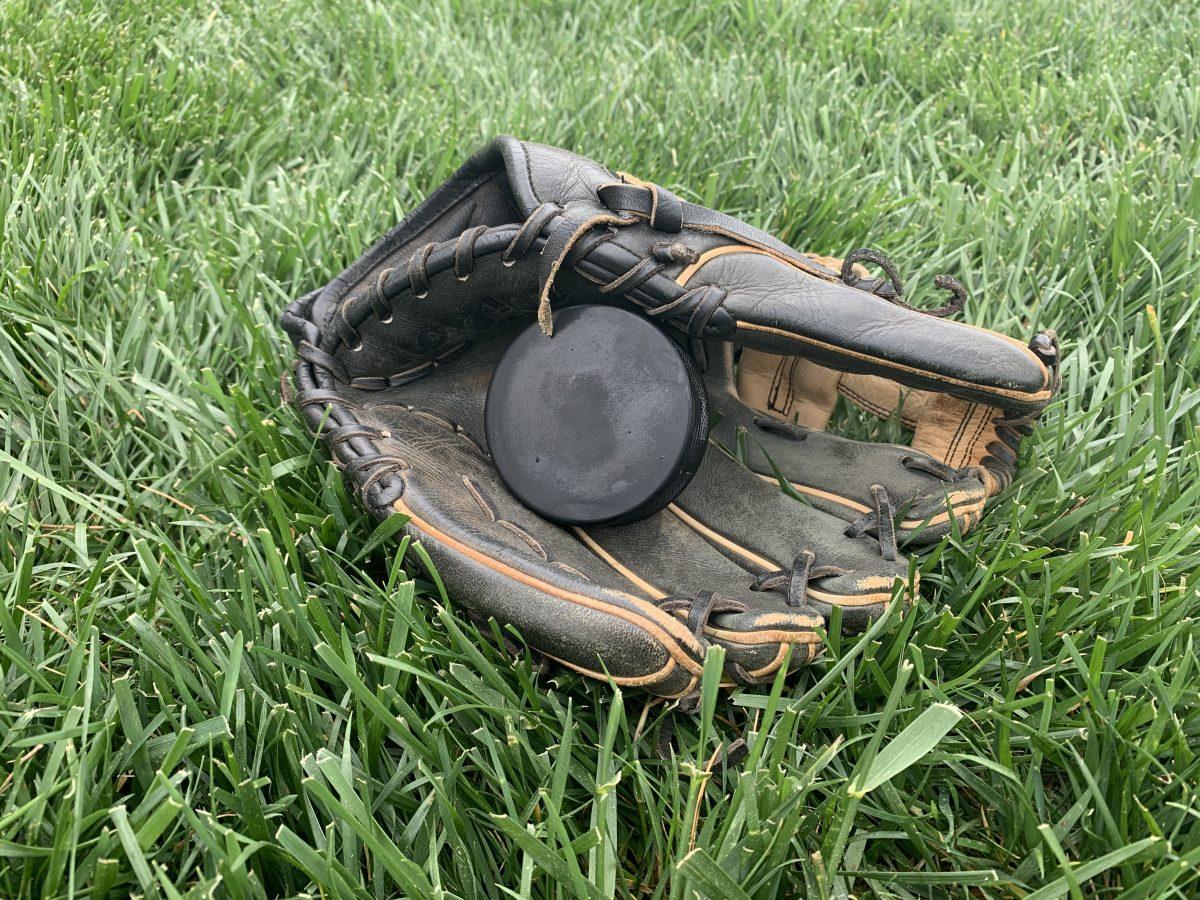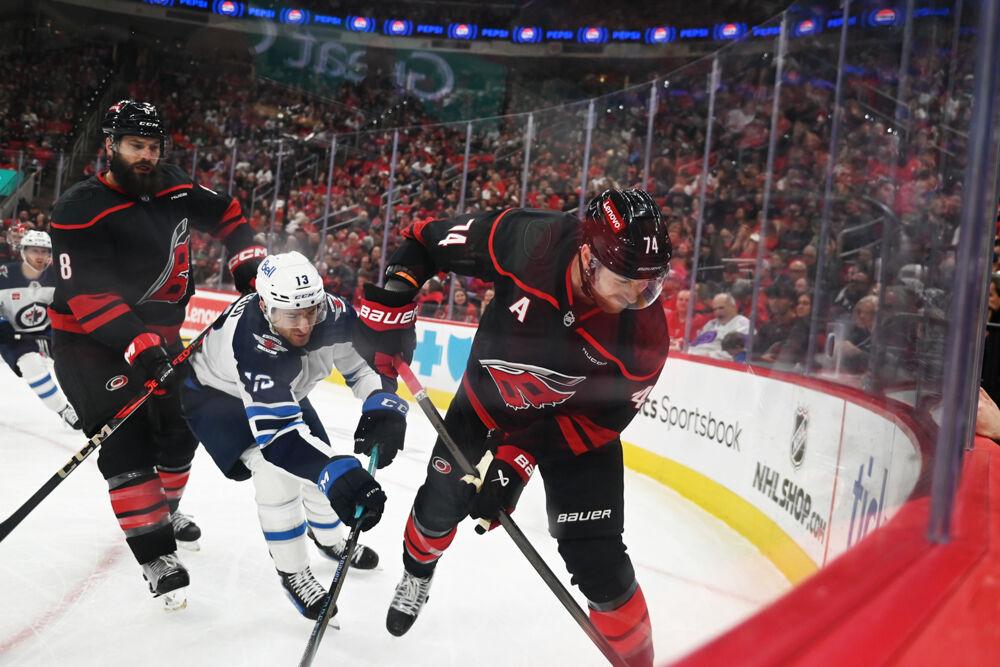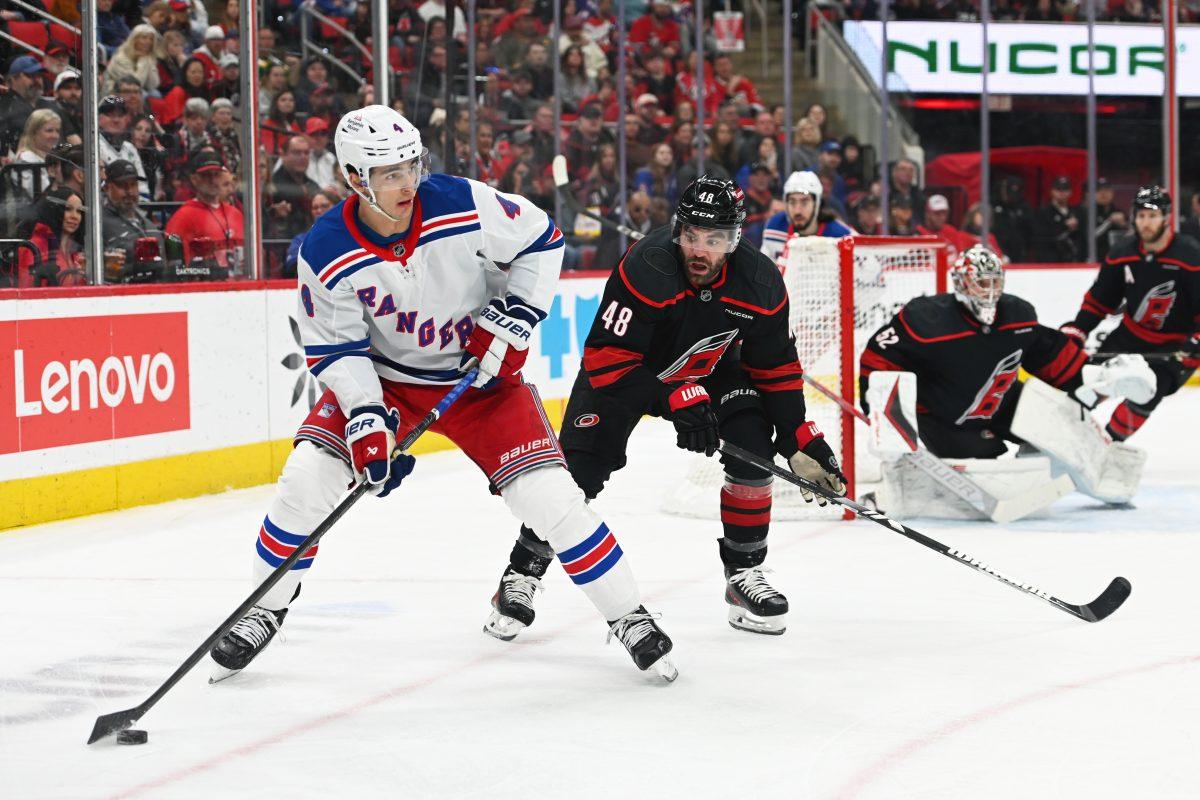What do you need to play a sport? Well, obviously you need at least one person or entity. Then, depending on the sport, you might not need more than yourself and maybe some equipment, like a bat or a racket, or maybe a computer and program for some esports. But one very common element in a lot of sports is the presence of a ball.
Baseballs, basketballs, golf balls, tennis balls — there are a lot of different balls used in sports of varying sizes and materials, but what about varying shapes? We like to think of balls as strictly spherical objects, but then what about footballs and rugby balls? These are not spheres, but we would be quick to call these balls.
Okay, so we expand the category a little, and maybe ovoids can be balls too. But how far is one willing to go to expand upon this definition? Already one exception has been made, so what about for something like a hockey puck? Can that too be considered a ball?
Let’s dive into the semantics.
Merriam-Webster defines a “ball” as a round or roundish body of mass and “puck” as a vulcanized rubber disk used in ice hockey. It also defines “round” as having every part of the surface or circumference equidistant from the center and “disk” as a thin circular shape. The key is that “circular” and “round” are defined as the same thing: having every part of the circumference equidistant from a center point.
Based on these parameters, we can see that, by definition, one can call a puck a ball.
However, if we go further, we see that Merriam-Webster also contains a caveat. A “ball” is a round or roundish body of mass, such as a spherical or ovoid body used in a game or sport. If we stop at the first part of the definition, we can get a puck to a ball, but if we go further and see the additional parameters set forth, the idea changes.
But as we stated before, this stems from the definition of a ball in our minds already being adapted to fit footballs into the mix. If we can change to fit those, then why not pucks?
Let’s put forth a few more questions to try and define a ball better.
Maybe it has to roll? Or maybe bouncing is key for a ball?
Well, no. We can’t use rolling or bouncing as parameters, because a football can only roll one way, much like a puck, and something like a bowling ball isn’t going to have much bounce either.
What else would you say a ball can do? Contain air?
Not quite. Baseballs, golf balls and bowling balls are all solid as well.
When it comes down to it, there is nothing more than its shape holding back the puck from being classified as a ball. It is no sphere or ovoid, but other things have been called balls. For instance, reflexive training balls are typically knobby, bulbous objects that certainly are not spheres.
At the end of the day, it all comes down to personal judgment. By today’s standards, a puck isn’t really what we would call a ball, but why couldn’t we expand the definition to include it? Maybe a ball is just an object utilized for a sport?
Whatever camp you fall into, whether it be the hopeful ball-ievers or the staunch ball purists, I’m sure the battle will still rage on, but maybe one day a consensus can be achieved — one where maybe there is a future for pucks among the ranks of the other great balls.














